EtonGreen Tuberose/Rajnigandha Double White Flower Bulb(Set of 5 Bulbs)
₹345.00 ₹150.00
- Shipping charge ₹ 90 for entire order
- If you crave plants that uniquely delight every sense, consider growing Tuberose this summer. With a powerfully sweet and heavy aroma, these classic charmers have been used as a key ingredient in perfumes for centuries. The Pearl is a radiant variety featuring dense clusters of double, waxy white flowers growing along a 20″-28″ stalk that rises above clumps of grass-like foliage.
- You’ll be amazed at how quickly these elegant beauties fill the air with their enchanting aroma. Here’s an extra pearl of wisdom – use the single form as a long-lasting cut flower and the double form in the garden, as the top blooms will open fully when left on the plant. Enjoy!
- Growing Rajnigandha Bulbs is an easy task, it is an easy-care flower which does not require special expertise to grow it as house flower plant. The tuberose is a night-blooming plant. Growing Rajnigandha Polianthes Tuberosa Bulbs is an easy task, it is an easy care flower which does not require special expertise to grow it as house flower plant. Keep the soil consistently moist before and during the period of bloom that occurs in late summer.
- It grows in elongated spikes up to 18 inches long that produce clusters of fragrant waxy white flowers that bloom from the bottom towards the top of the spike. It has long, bright green leaves clustered at the base of the plant and smaller, clasping leaves along the stem.
- Dig a hole and sow the bulb up to 5 cm deep
- Set the bulb in the hole, pointy end up, then cover with soil and press firmly
- Space bulbs 4 to 6 inches apart
- Water thoroughly after planting
- Use the potting mix for bulb plantation as Garden soil + Compost + Perlite + Sand (2:2:1:1)Soil + Cocopeat + vermicompost (2:1:2)
SKU: Eton_Tuberose
Categories: Bulbs, Flower Bulbs Sow in all Season, Summer Sowing Bulbs
Tags: bulb, bulbs, rajnigandha, rajnigandha bulb, rajnigandha flower bulb, summer bulbs, summer flower bulbs, tuberose bulb
4 in stock
If you crave plants that uniquely delight every sense, consider growing Tuberose this summer. With a powerfully sweet and heavy aroma, these classic charmers have been used as a key ingredient in perfumes for centuries. The Pearl is a radiant variety featuring dense clusters of double, waxy white flowers growing along a 20″-28″ stalk that rises above clumps of grass-like foliage.
| Weight | 0.5 kg |
|---|---|
| Dimensions | 10 × 10 × 25 cm |
Be the first to review “EtonGreen Tuberose/Rajnigandha Double White Flower Bulb(Set of 5 Bulbs)” Cancel reply
Up sells product
- Shipping charge ₹ 90 for entire order
- Pick these easy-to-grow varieties for the best blooms. It is a rhizomatous herbaceous perennial plant, evergreen where rainfall and temperatures are adequate.
- It has large clumps of broad, arrow shaped dark green leaves up to 45 cm long.
- The inflorescences are large and are produced in spring, summer and autumn, with a pure white spathe up to 25 cm and a yellow spadix. The spadix produces a faint, sweet fragrance.
- Dig up the rhizomes in autumn, usually after the first frost and store for winter.
- Dig a hole about three times as deep as the height of the bulb.
- Set the bulb in the hole, pointy end up, then cover with soil and press firmly
- Space bulbs 8 to 10 inches apart
- Water thoroughly after planting
- Use the potting mix for bulb plantation as Garden soil + Compost + Perlite + Sand (2:2:1:1) Soil + Cocopeat + vermicomposting (2:1:2)
- Keep them adequately fertilized and watered, misting the plant every so often to keep the ambient humidity high
- They are susceptible to aphids so, take a look closely and apply insecticide.
- Shipping charge ₹ 90 for entire order
- Pick these easy-to-grow varieties for the best blooms. It is a rhizomatous herbaceous perennial plant, evergreen where rainfall and temperatures are adequate.
- It has large clumps of broad, arrow shaped dark green leaves up to 45 cm long.
- The inflorescences are large and are produced in spring, summer and autumn, with a pure white spathe up to 25 cm and a yellow spadix. The spadix produces a faint, sweet fragrance.
- Dig up the rhizomes in autumn, usually after the first frost and store for winter.
- Dig a hole about three times as deep as the height of the bulb.
- Set the bulb in the hole, pointy end up, then cover with soil and press firmly
- Space bulbs 8 to 10 inches apart
- Water thoroughly after planting
- Use the potting mix for bulb plantation as Garden soil + Compost + Perlite + Sand (2:2:1:1) Soil + Cocopeat + vermicomposting (2:1:2)
- Keep them adequately fertilized and watered, misting the plant every so often to keep the ambient humidity high
- They are susceptible to aphids so, take a look closely and apply insecticide.
- Shipping charge ₹ 90 for entire order
- Calla Lilies make fantastic container and landscape plants, Speckled foliage and gorgeous blooms add a touch of elegance wherever they go, and despite their graceful appearance, they’re remarkably easy to grow.
- Delicate and elegant, our Pink Melody Calla strikes the perfect note to bring harmony to any garden. This plant makes a bold statement with color gradients that start with white, dip into rich pink, and then finish with pale green at the eye. Its large size makes it ideal for prominent positions in the garden. Tall and floriferous, with strong stems that beg to be used for cut flower arrangements.
- Calla lily is easy to grow and add a classy look to perennial gardens, cutting gardens and container plantings.
- Calla lilies grow well in pots and planters. They can be mixed with other annuals, but usually perform better in a pot on their own. The flowers last for weeks.
Related products
- Shipping charge ₹ 90 for entire order
- Agapanthus is considered to be both a magical and a medicinal plant, used to treat heart disease, paralysis, coughs, colds, and other ailments, and the leaves are used as bandages (the plant does contain chemicals with anti-inflammatory and other properties).
- Growing Agapanthus requires a sunny to partly shady location and regular water. Mulching is helpful to retain moisture with new plants set about 1 to 2 inches
- While it is very tolerant to a wide variety of soil conditions, they do enjoy some rich compost or organic matter added during your agapanthus planting
- Water a plant when the soil feels dry to touch.
- Water thoroughly in the summer and reduce watering for the winter & rainy season.
- Try to water the plants in the morning around 8-10am.
- Avoid waterlogged soil.
- Reduce watering in the winter.
- You should remove dead, infected or damaged plant parts and throw in the garbage collector.
- You should fertilize a plant at planting time and growing season.
- Shipping charge ₹ 90 for entire order
- A wide range of colors and an alluring floral fragrance make freesia hard to resist. With up to eight trumpet-shaped, upward-pointing blossoms on leafless stems, freesias make delightful cut flowers that last a long time in the vase.
- The freesia bulb plant is easy to force indoors on sunny windowsills. Learning how to grow freesias in the garden and freesia flower care will allow you to enjoy these beauties year after year.
- Freesias bloom readily indoors. Plant the bulbs about 2 inches (5 cm.) apart in a pot filled with regular potting soil. Keep the soil moist, but not soggy, and place the pot in a sunny, preferably south-facing window. Expect flowers in 10 to 12 weeks.
- Once the flowers and foliage die back, allow the pot to dry out and place it in a cool location until you are ready to bring them into bloom again.
- Water well through the growing season but cut back during flowering time. Stop watering altogether once the foliage dies down and dries up. Do not over water because it will cause the corms to rot.
- Temperature: Keep Freesia refract plants in cool room with temperatures ranging between 16-18°C (60-65°F) and moderate humidity while they are growing and flowering. Blooms will last for weeks if kept at a maximum of 18°C (65°F). Freesia refract plants need a mild winter temperature of around 10°C (50°F).
- Fertilizer: A liquid fertilizer can be applied as soon as the first growth appears above ground.
- Shipping charge ₹ 90 for entire order
- Gladiolus is a genus of perennial cormous flowering plants in the iris family
- Gladiolus is popularly known as the Sword Lilly due to its shape
Planting Procedure
- Planting time is October for plains and March-April for hills.
- Dig a hole about 5 cm deep to sow the bulb.
- Set the bulb in the hole, pointy end up, then cover with soil and press firmly
- Space bulbs 6 to 8 inches apart
- Following are the suggested compositions for bulb plantation: Garden soil + Compost + Perlite + Sand (2:2:1:1) or, Soil + Cocopeat + vermicompost (1:1:1)
- Shipping charge ₹ 90 for Entire order.
- Anemone flower can beautify every place with its simplicity and beautiful scent.
- Anemone is perennial flowering plant that have basal leaves with long leaf-stems that can be upright or prostrate. Anemone flower is a plant that can be increasingly found in gardens and terraces. This beautiful flower can beautify every place with its simplicity and beautiful scent.
-
Besides being the most common gift to give to someone, flowers are also beautiful decoration and important ingredients of perfumes and many other things that make our lives more beautiful.
Common Name Anemone or Windflowers Height Up to 2 to 3 feet Flower Colour Random color Bloom Time Spring Difficulty Level Easy to grow - Special Care For Anemone.
- Before Planting : Deep The Bulb into Normal water during 30 Minutes to 45 Minutes.
- Soil: Mix The normal Soil with 30% of Coco Peat & 20% of Vermi Compost ,
- Planting : Bulb is already Medicine Treated , Plant the bulb in Pot One inch deep. There is no need of Water till Germination or a week.
- Shipping charge ₹ 90 for entire order
- Is it a bulb? Is it a root? No, it’s a begonia—technically a “tuber”—that produces some of the most brilliant blooms in any late-season garden! A very versatile and colorful species, Begonias can be planted in pots, window boxes, the ground, or just about anywhere in either sun or shade.
- Tuberous begonias are popular all over the world. Not only do they have attractive flowers, but their foliage can be quite interesting, too. They can brighten up both your indoor and outdoor gardens.
- Begonia Tuberous Double make your garden look very beautiful as they start blooming in month April. The utterly captivating fragrance of fresh Begonia is hard to beat in a garden.
- Simply plant the bulbs 20cm deep and wait for these lovely Summer blooming perennials to give you a pleasing look.
- Well drained – light, sandy, clay- heavy, moist chalky, alkaline, acidic soil.
- Shipping charge ₹ 90 for Entire order.
- 100% Imported and genuine product best quality flower bulbs
- Native to South Africa, this star-shaped flower symbolizes ‘happiness’ in the flower language. Our Ixia Flower Bulbs produce scintillating blossoms with beautiful spots and patches in the middle.
- Ixia is an exotic iris family member that creates bright flowers with contrasting spots and blotches. These South African natives thrive in the hot, dry climes of the southwest, but they may also be grown in other warm regions if planted beneath roof overhangs to keep water out while enabling the plants to get the full sun they need.
- For the finest visual impact, Ixias should be planted in groupings, borders, or pots; they also make excellent cut flowers. Flower bulbs are hardy, easy-to-grow cookies, but they despise having their feet wet: a bulb that is ‘bathing’ in water will decay in no time. So stay away from damp soil at all costs.


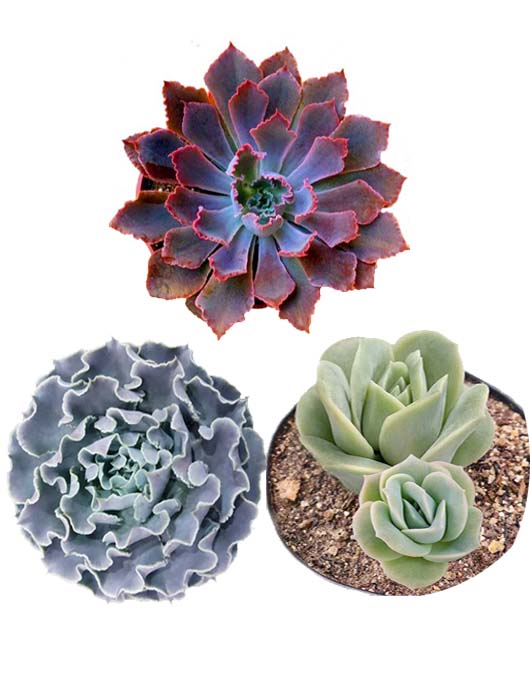
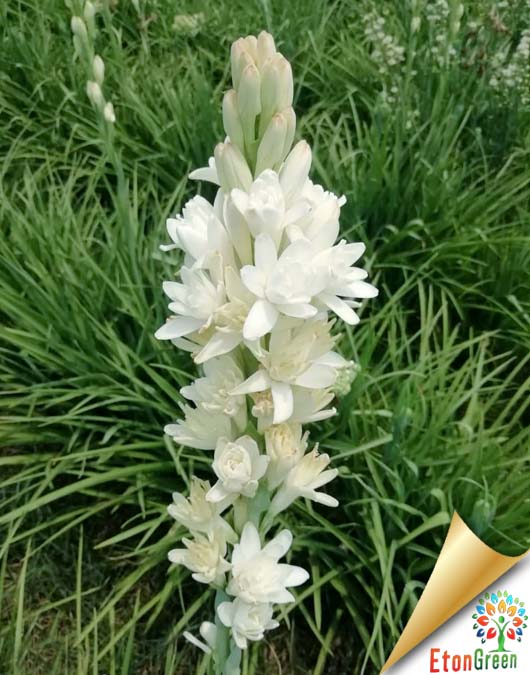
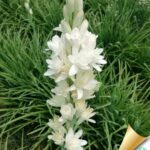
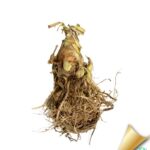
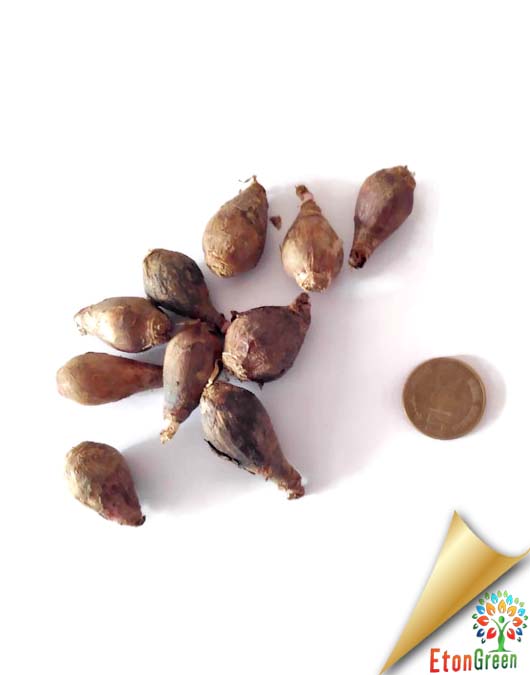
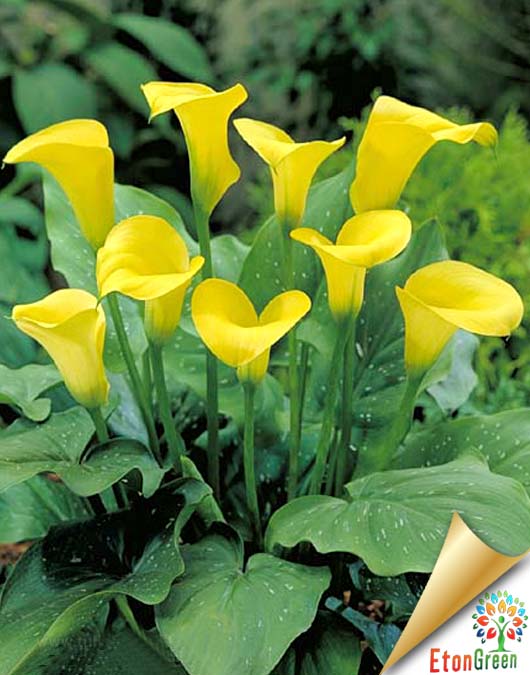
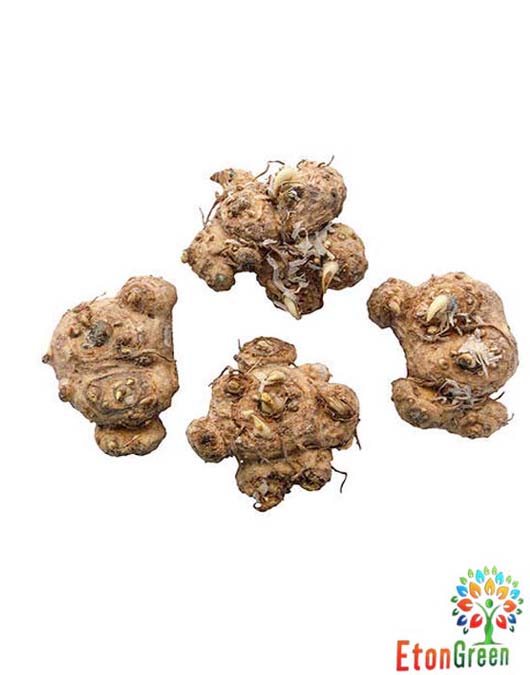
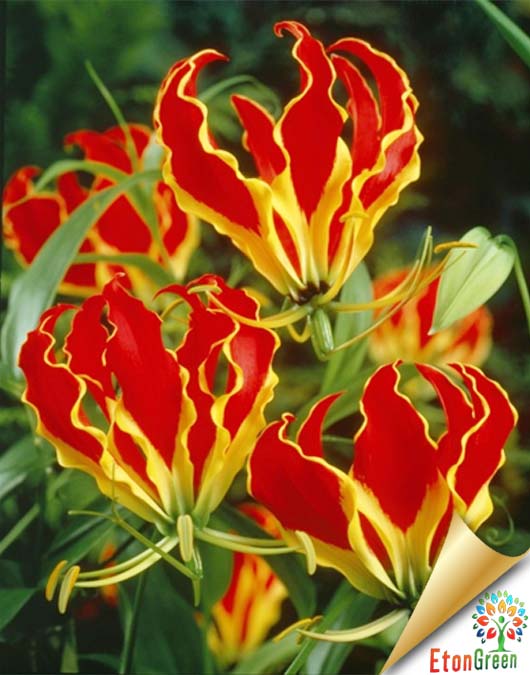
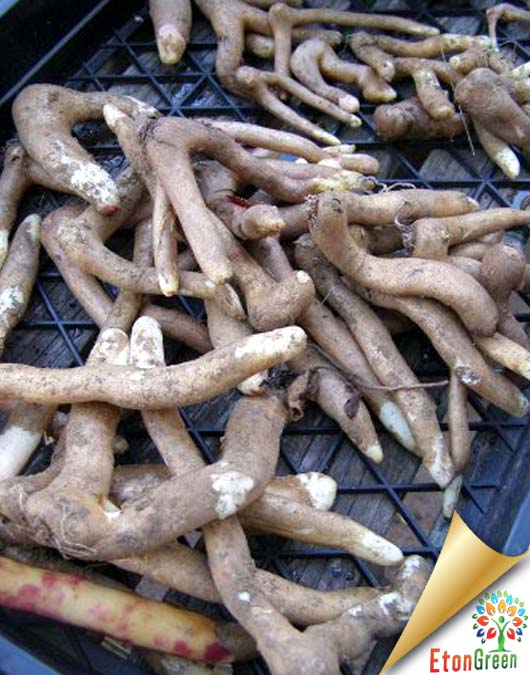
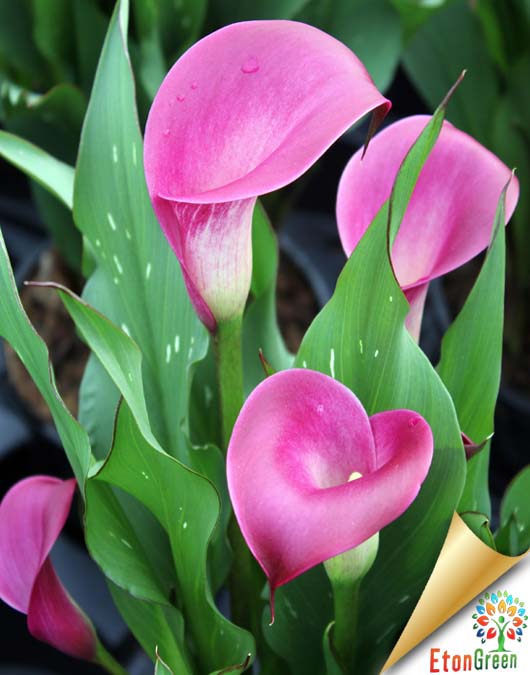
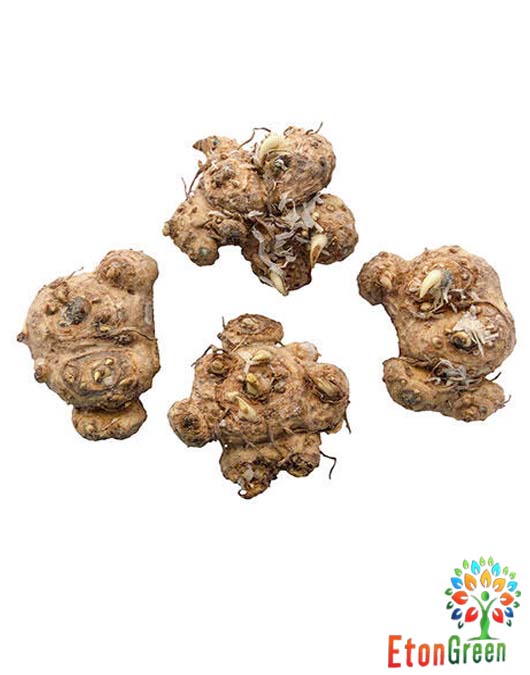
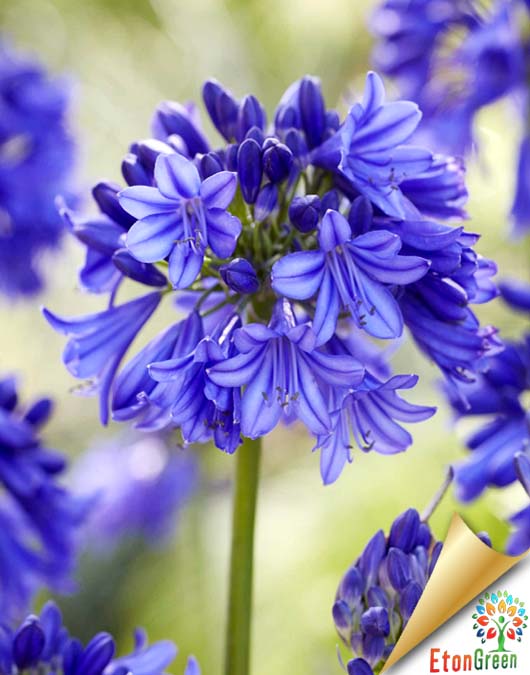

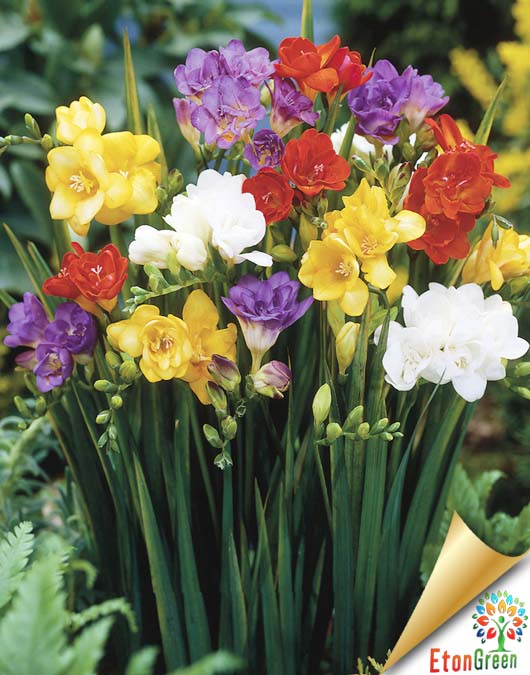
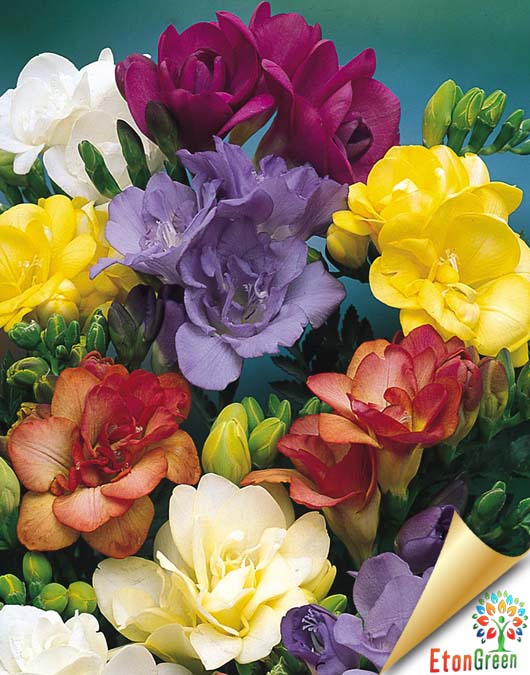
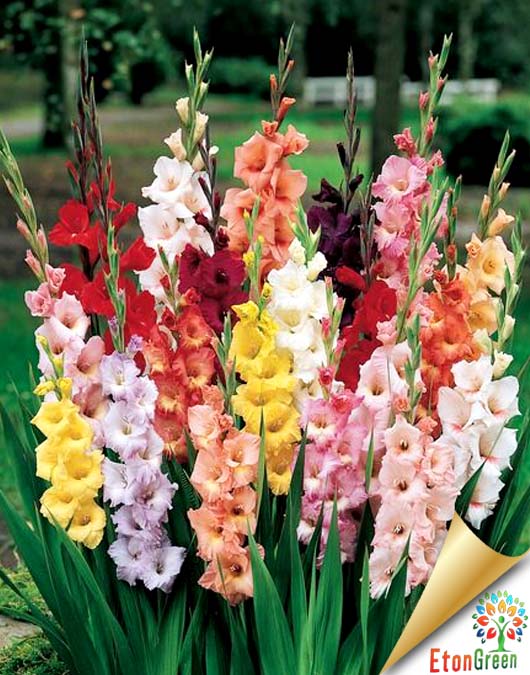
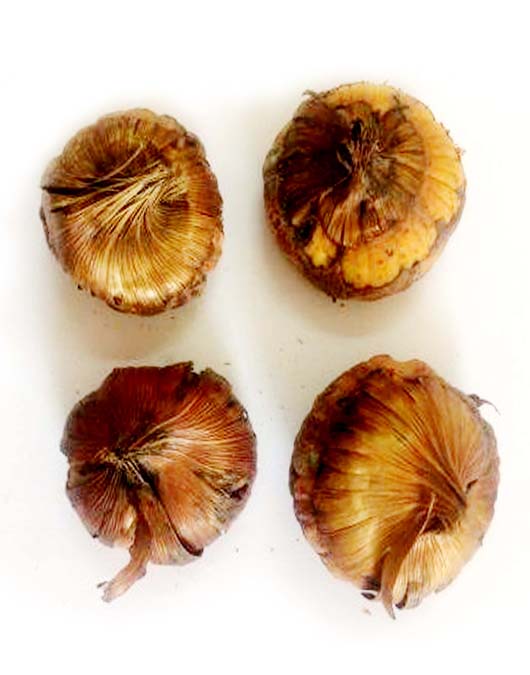
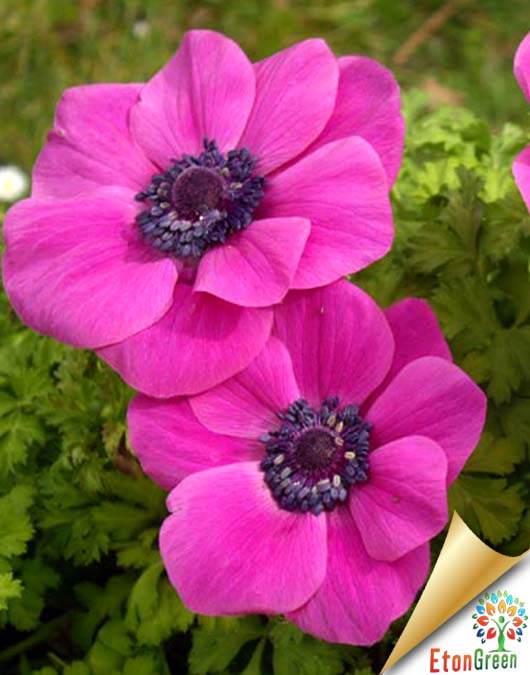
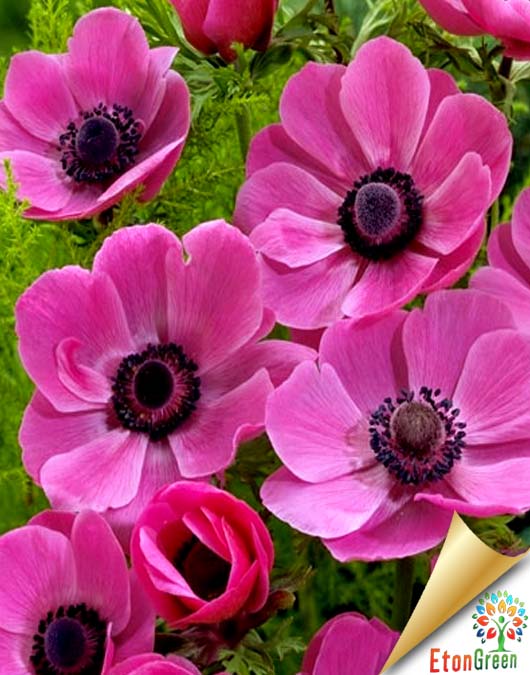
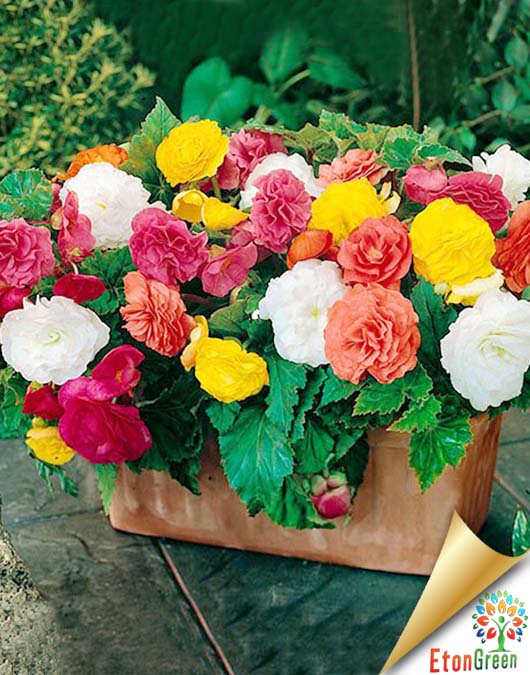
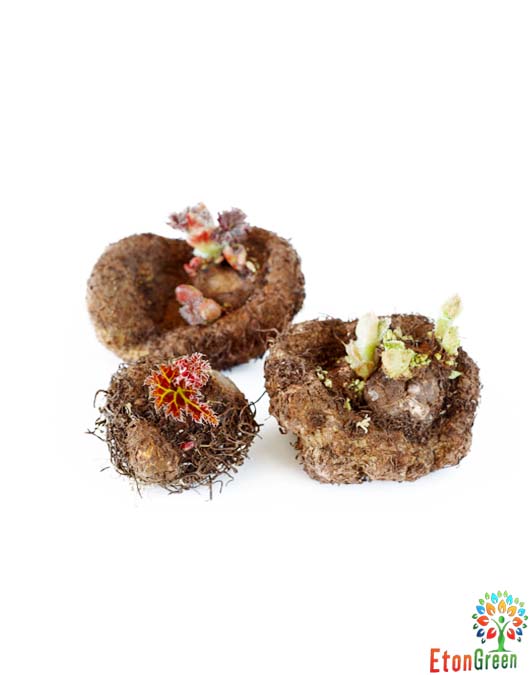
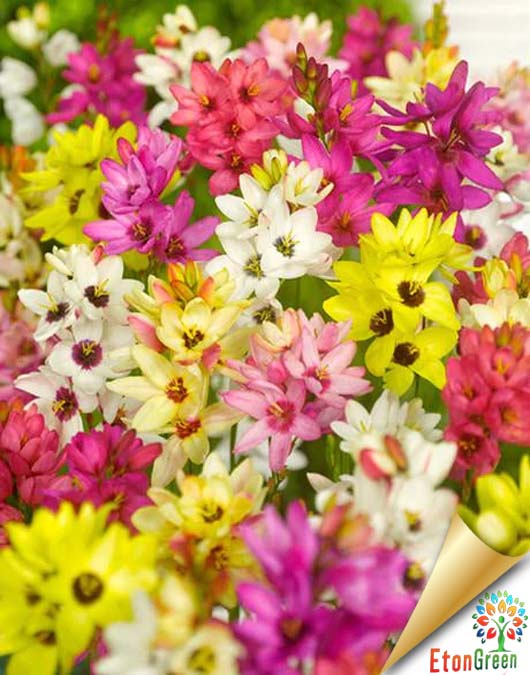
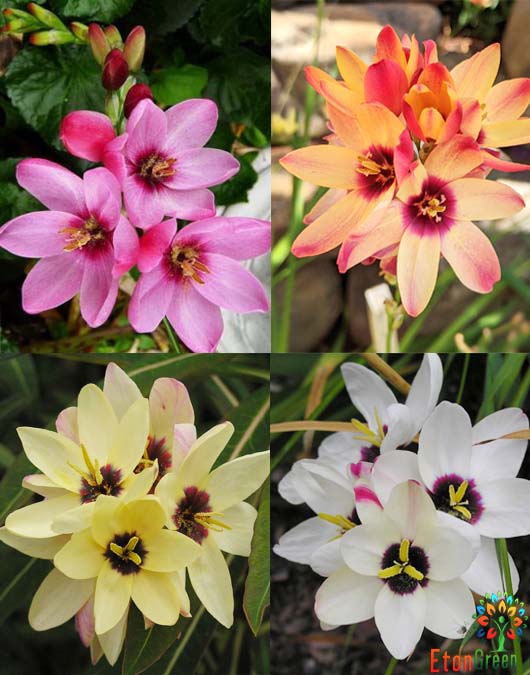
Reviews
There are no reviews yet.